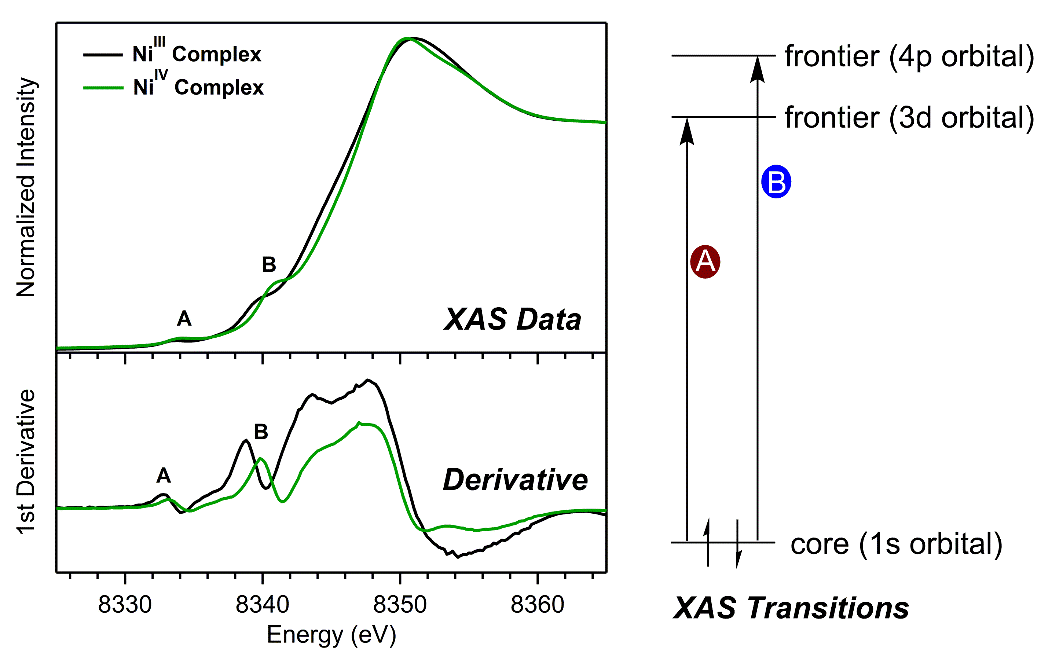Professor Timothy Jackson named August 2022 Sutton Family Research Impact Award recipient

The Department of Chemistry congratulates Professor Timothy Jackson on receiving the August 2022 Sutton Family Research Impact Award!
The Sutton Award is a monthly competition among chemistry faculty. Every month, the Chemistry Department Chair and Associate Chairs review the peer-reviewed papers published by chemistry faculty from the three previous months to select a winner. The recipient receives a $500 cash prize and is featured on the departmental website.
For a full list of winners, visit our Sutton Family Research Impact Award webpage.
C-H Bond Activation by a Mononuclear Nickel(IV)-Nitrate Complex
By Yubin M. Kwon, Yuri Lee, Anna K. Schmautz, Timothy A. Jackson, and Dong Wang
Published in: J. Am. Chem. Soc. 2022, 144, 12072-12080
Nickel catalysts can be used for reactions that form new carbon-carbon bonds. These catalysts are desirable because nickel is inexpensive and abundant. In these reactions, a nickel(IV) intermediate, where the nickel center is in the unusually high +4 oxidation state, is usually proposed. However, well-defined nickel(IV) complexes are rare, making it difficult to evaluate these proposed mechanisms. In a recent collaborative study, the Jackson lab reported the formation and characterization of a new nickel(IV) complex. This collaboration combined expertise in spectroscopic and computational methods from Jackson lab with expertise in synthetic chemistry from the Wang lab at the University of Montana. The Wang lab provided evidence of an unstable intermediate formed upon oxidation of a Ni(III) complex. To determine the nature of this intermediate, Dr. Yuri Lee of the Jackson lab (Ph.D. 2022) traveled to the Stanford Synchrotron Radiation Lightsource to collect nickel K-edge X-ray absorption spectroscopic (XAS) data. This method probes excitation energies of Ni 1s electrons, which are very sensitive to the nickel oxidation state (see Figure below). Support for the nickel(IV) oxidation state was provided by shifts in the XAS transitions compared to a nickel(III) complex. This work established a new synthetic route to generate nickel(IV) complexes and identified hallmark spectroscopic features of these complexes. Both methods can be used in the future to understand the properties of nickel(IV) intermediates formed in catalytic systems.
